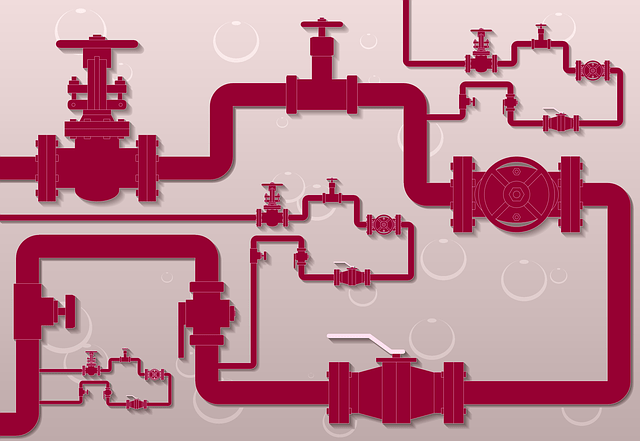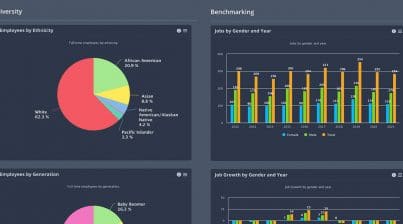Did you know there’s a difference between building a talent pool and building a talent pipeline? The terms tend to be used interchangeably but really do have different meanings. Both talent pools and pipelines are important and have far-reaching benefits for the organization’s success.
Building Talent Pools
A talent pool is a group of potential job candidates that could fill positions within your organization. Turnover is inevitable, so creating a robust talent pool will decrease the talent acquisition (TA) team’s time-to-fill. Building an effective talent pool requires really great sources who are able to build relationships with passive seekers. They know where to find top talent that goes beyond just keyword searches on LinkedIn.
You can have as many or as few pools that make sense for your organization. For high-volume roles, you’ll want a talent pool of candidates that meet the basic skills for the role. If you’re trying to meet your diversity goals, you’ll want diverse talent pools. Align your talent pools with your strategic workforce goals.
Building Talent Pipelines
Talent pipelines are what feed into your talent pools. It encompasses the systems and processes needed to identify talent and build relationships. Because pipelining requires getting to know the candidate over time, you get a better understanding of the person overall. It gives time to understand the person’s interests, goals, and wants. That’s more time for the candidate to know if the organization is the right culture fit for them.
Pipelines are a great tool for keeping up with your internal talent. Succession planning is essentially creating the pipeline into key roles. Your pipeline doesn’t need to be filled with employees who are ready to step into the job. High potentials and performers are great to identify in talent pipelines. Once identified, you can create targeted individualized development plans (IDPs) for them to be the next leaders.
Going from reactive to proactive
The nature of creating talent pipelines and pools requires forward-thinking and planning for future needs. There’s a lot of time and effort spent on building relationships with talent. So it is important to outline business goals first and clarify what talent is needed to support them. You don’t want to find out two months later the pools you created won’t meet the business needs.
Switching over to a model that focuses on building talent pipelines and pools transitions your recruitment efforts into strategic partnerships. Your recruiters become more like talent acquisition specialists who focus on the right talent for the right role. Instead of filling an open requisition as soon as possible. Read more about proactive HR strategies here.
An HR dashboard provides one place for all your metrics to be automatically calculated. Sign up today for a free demo of our automated HR dashboard.













Comments are closed.